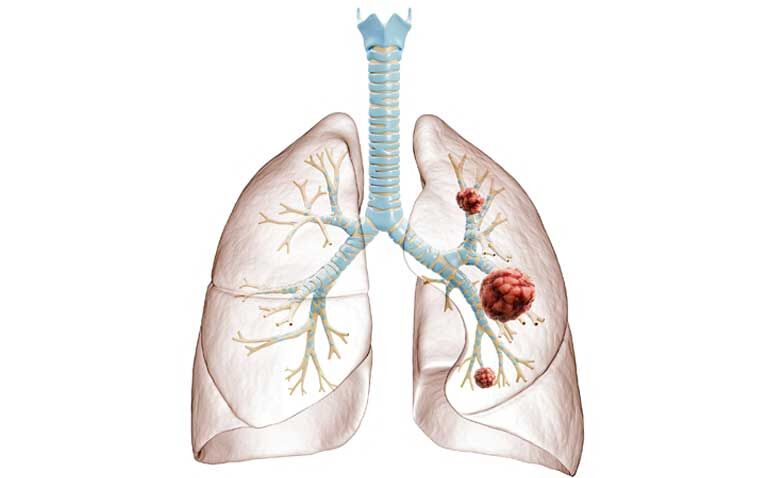Taking a pre-radiation biopsy of circulating tumour DNA (ctDNA) in patients with oligometastatic non-small cell lung cancer (NSCLC) may help identify those most likely to benefit from locally consolidative radiotherapy (RT), according the findings of recent study.
Published in the journal NPJ Precision Oncology, the researchers sought to risk-stratify and identify the patients with oligometastatic NSCLC most likely to benefit from locally consolidative RT, which could help to achieve prolonged remission.
They performed 1,880 liquid biopsies and approximately 20% of patients (n = 309) had their ctDNA measured prior to RT and after their diagnosis of oligometastatic disease.
Patients with undetectable ctDNA before RT had significantly improved progression-free survival (PFS) (p = 0.004) and overall survival (OS) (p = 0.030).
In contrast, patients with detectable ctDNA pre-RT had a median PFS of 5.4 months versus 8.8 months for those with undetectable levels (Hazard ratio, HR = 1.57, 95% CI 1.15 – 2.13, p = 0.004). There were similar findings for OS, with a median OS of 16.8 months versus 25 months (HR = 1.65, 95% CI 1.05 – 2.61, p = 0.030). Multivariate analysis, including additional parameters, revealed a similar trend.
ctDNA biopsy a ‘more precise measure of disease burden‘
Based on these findings, the authors wrote: ’Our analysis reveals that ctDNA testing performed pre-RT can risk-stratify those patients with truly oligometastatic NSCLC from those who likely harbour widespread micrometastatic disease (below current imaging limits of detection).’
Senior study author Aadel Chaudhuri, an assistant professor of radiation oncology at the Siteman Cancer Center, based at Barnes-Jewish Hospital and Washington University School of Medicine in St Louis, said: ‘Our findings suggest the level of ctDNA, rather than the number of tumours themselves, is a more precise measure of disease burden.’
The authors added: ‘This approach should be prospectively evaluated in a clinical trial that redefines oligometastatic NSCLC to include a discrete liquid biopsy metric encompassing a low or undetectable ctDNA level.‘










